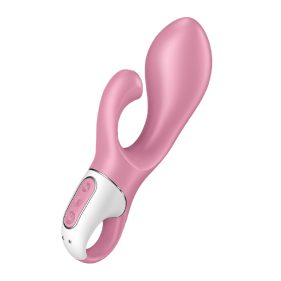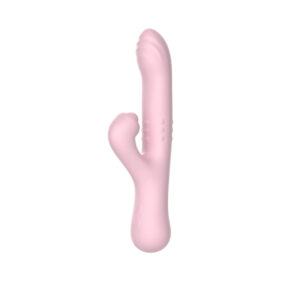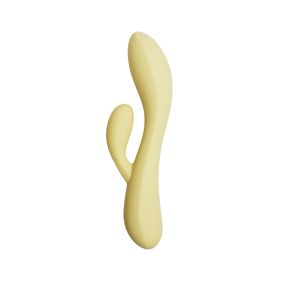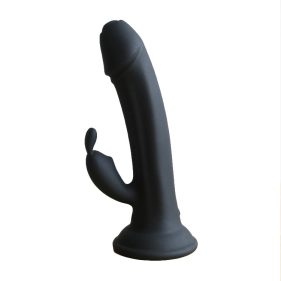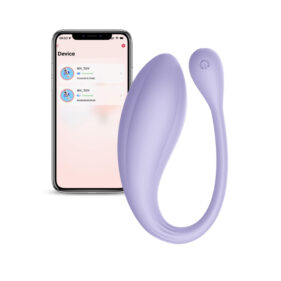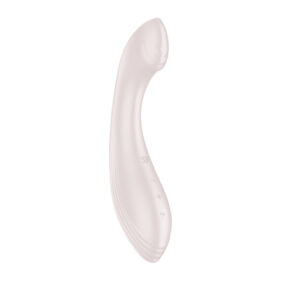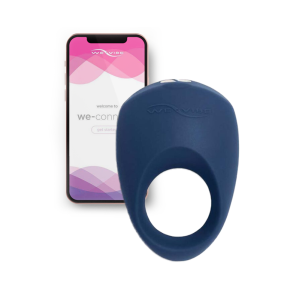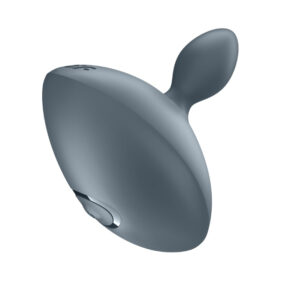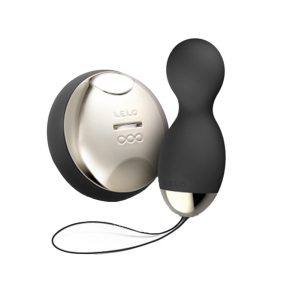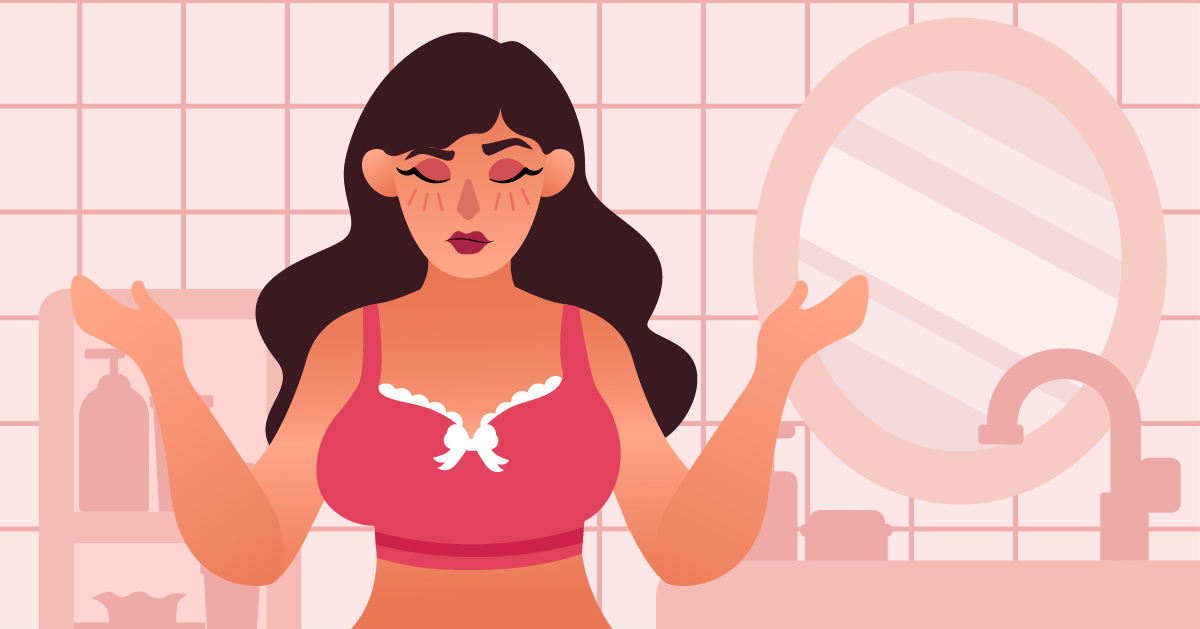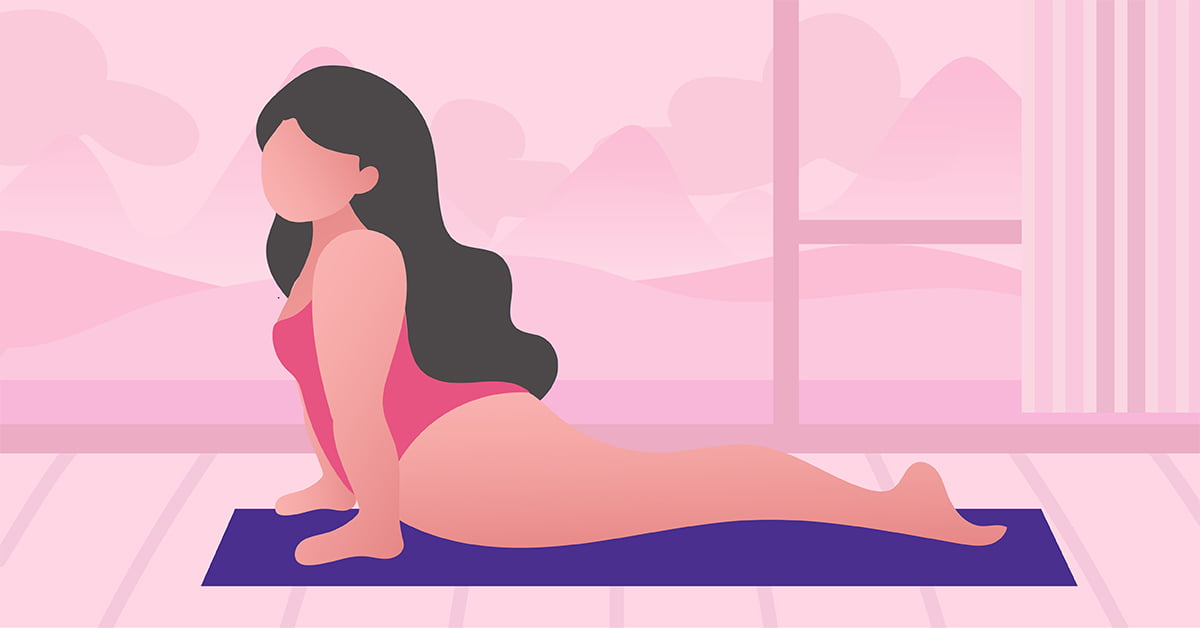
If you’re just hearing about Kegel exercises for the first time, you’re probably thinking that it’s just one of those pseudoscience treatments for women, like vaginal steaming or virginity pills.
However, unlike those mentioned treatments, Kegel exercises actually work. As long as you’re doing it right and become consistent with it, you’ll get to improve your sexual wellbeing as well as your overall health in no time.
With this guide, we’ll be talking about Kegel exercises for women—from its benefits to its tips. We will also be answering 5 of the most frequently asked questions about this practice. But before we dive in, let’s have a quick refresher as to what Kegel exercises are all about.
What Are Kegel Exercises?
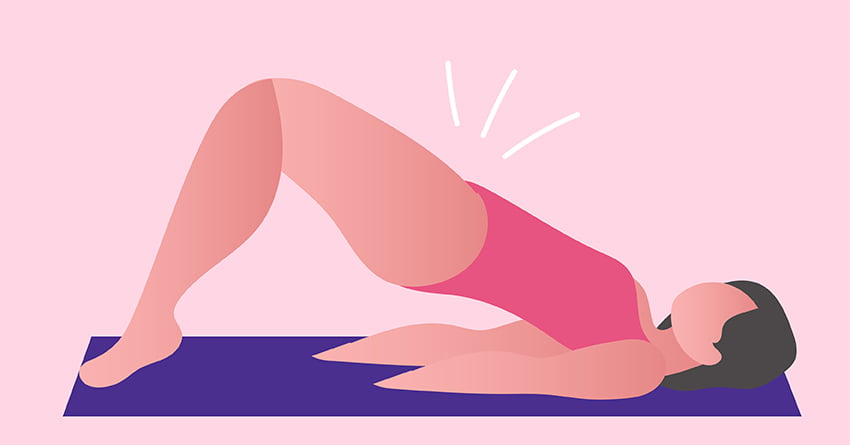
Kegel exercises involve contracting the pelvic floor muscles, the sling-like muscles that support the bladder, vagina, uterus, and rectum. By doing this practice, you’ll be able to keep these muscles fit, reducing your chances of having bladder leakage and pelvic organ prolapse. Wondering about these conditions? We’ll get into that in the next section.
Aside from its health benefits, Kegels exercises for women can actually improve your sex life. According to numerous studies, women experience better orgasms when they start incorporating Kegels into their fitness routine.
-
₱4,745.00
-
₱2,445.00
-
₱2,299.00
Benefits of Kegel Exercises for Women
Though we’ve provided some benefits in the previous section, you’re still probably wondering why these contracting your pelvic muscles are necessary for women. For this section, we will be more in-depth as to why Kegel exercises are a must for women.
1It strengthens your pelvic floor muscles.
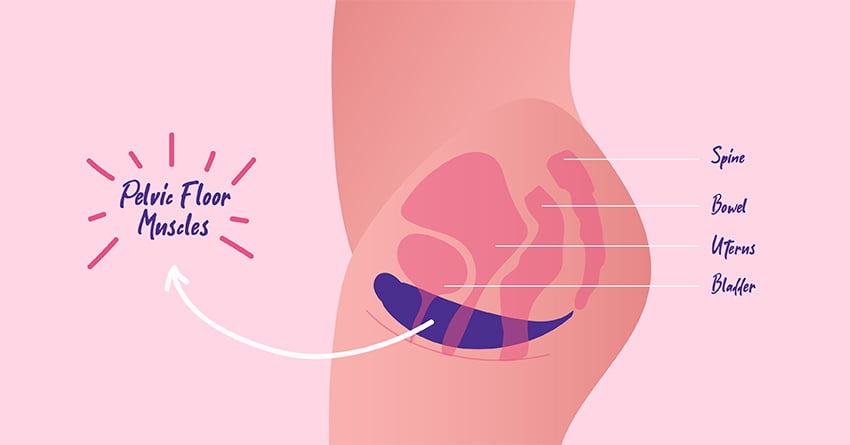
Your pelvic floor muscles act like a basket that holds up your body’s pelvic organs: the bladder, vagina, uterus, and rectum. Several conditions and situations, such as chronic coughing, heavy lifting, childbirth, and aging, can weaken these muscles. Once they got weaker and you’re not doing any actions to strengthen your pelvic floor, it’ll eventually put a strain on other muscles and may cause pain in the other areas of your body.
This is why it’s vital to add Kegel exercises to your fitness routine. If you put care and attention to your pelvic floor, you’ll be able to maintain the strength that’s needed for these muscles to function properly, preventing you from complications in the later years.
2It helps you deal with bladder leakage.
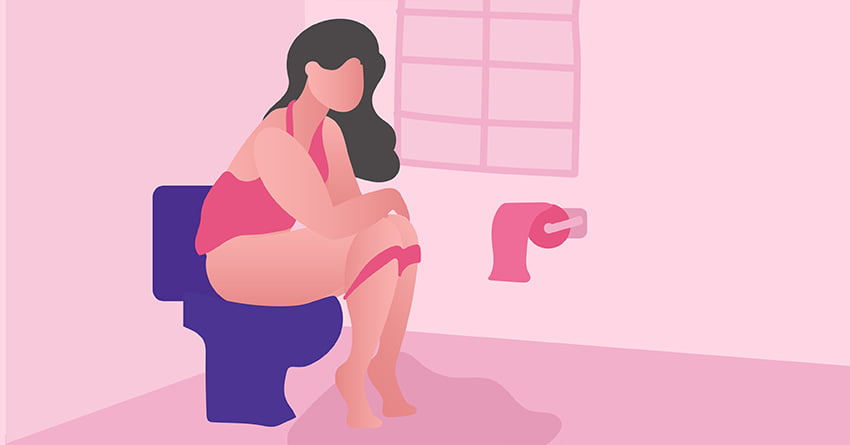
Kegel exercises for women are not just beneficial to the pelvic floor, but to your bladder too. You see, if your pelvic floor muscles are not strong and coordinated enough, your bladder and your bladder neck will have less support. It will also have less closure around the sphincter, resulting in incontinence.
Now, if you have stress urinary incontinence, you’ll have bladder leakage by doing certain strenuous movements. This means that if you do some heavy lifting, or if you end up sneezing, coughing, and laughing, you may uncontrollably pee while doing it. That would be such a hassle to deal with, isn’t it? That’s why Kegel Exercises is a must for women so that you wouldn’t have to end up experiencing these complications.
3It can improve your sex life.

Now aside from acting like a basket to your vital organs, your pelvic floor muscles are also responsible for the pleasurable contraction that you feel during orgasm.
If you have a healthy pelvic floor, you may experience longer and more robust orgasms. On the other hand, if you have a weak pelvic floor, you’re most likely going to have a hard time reaching climax or have milder orgasms.
With that, strengthening your pelvic floor through Kegels is essential if you want to have better sexperiences. Aside from reaching greater Ohhhs, consistent Kegel exercises can also tighten your vagina, making it more pleasurable for your partner.
-
₱150.00
-
₱150.00
-
₱1,700.00
4It helps you with pregnancy and childbirth recovery.
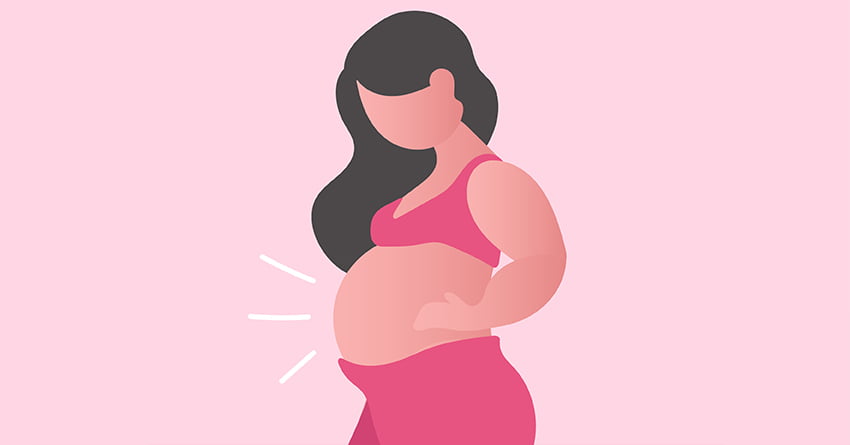
Yes, Kegel exercises are beneficial for your pregnancy as well as childbirth recovery. In fact, medical professionals are suggesting this practice as having a strong pelvic floor can ease out the difficulties of childbirth.
Numerous studies have shown that working out your pelvic floor can shorten the second phase of labor, reduces the risks of episiotomy during delivery (surgical cut needed to help with childbirth), and provides better support for the baby during pregnancy.
5It can prevent you from having Pelvic Organ Prolapse.
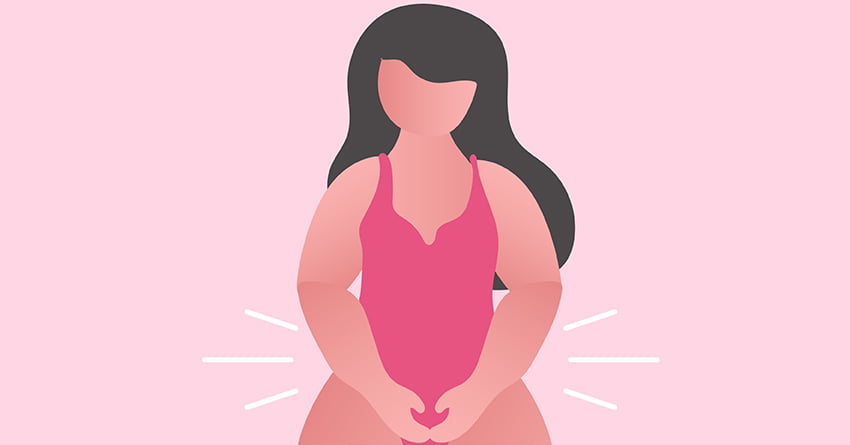
For those who are unfamiliar with this condition, the Pelvic Organ Prolapse (or POP) occurs when one of your pelvic organs drops from its normal spot in your lower belly and pushes against the walls of your vagina. This happens when your pelvic floor muscles that are supporting these pelvic organs get weakened due to childbirth, surgery, and other circumstances.
If you don’t want to end up with this condition, you need to consistently do Kegels. This will ensure that your pelvic muscles can support your vital pelvic organs and prevent them from prolapsing.
-
₱150.00
-
₱150.00
-
₱150.00
-
₱150.00
Kegel Exercises for Women: How-To Guide
Now that you’ve learned about the benefits of Kegel exercises for women, you’re probably pumped to try out the exercises. Well, before you start clenching your way to stronger pelvic muscles, you need to make sure that you’re doing the right way. Don’t worry though as we’re going to guide you on how to do it properly. Let’s dive right in!
1Find the right muscles.
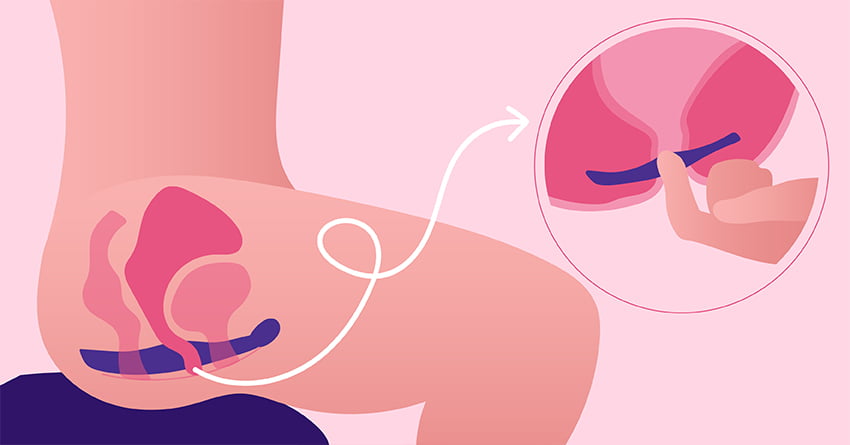
It’s crucial to find the right muscles to tighten. To figure this out, try urinating then stopping in the middle of it. Feel the muscles in your vagina, bladder, and anus get tight and move up.
If you feel an upward tightening sensation, then you’re doing the exercise properly. If you don’t feel that tightening sensation, or that your thighs, buttock muscles, or abdomen are tightening instead, then you’re not doing Kegels correctly as these parts should remain relaxed.
Another way to determine the right muscles is by inserting a finger to your vagina then tighten up the muscles as if you’re holding your pee. After a few seconds, let go of the tightened muscles. If you’re doing it correctly, your finger should feel as if it’s squeezed.
2Start Exercising.
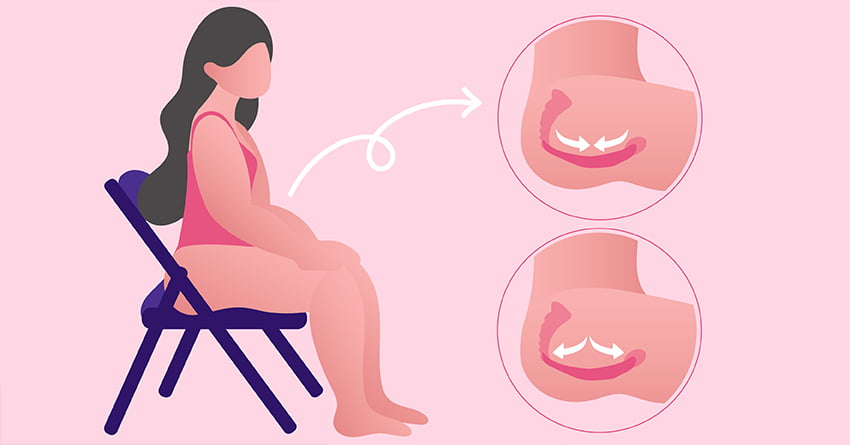
Once you know the right muscles to tighten, you can start having Kegel exercises. For women who are just starting out with this practice, you can start with this basic technique:
- Before doing the exercise, empty your bladder first.
- Sit or lie down in a comfortable spot, preferably away from any type of distraction.
- Tighten your pelvic floor muscles, as if you’re holding in your pee. Hold tight and count 3-5 seconds.
- Let go and relax the muscles. Count 3-5 seconds.
- Repeat this for 5- 10 times and have 3 sessions per day (morning, afternoon, and night).
-
₱2,745.00
-
₱6,555.00
-
₱2,695.00
-
₱5,395.00
3Try doing it with Kegel Balls.
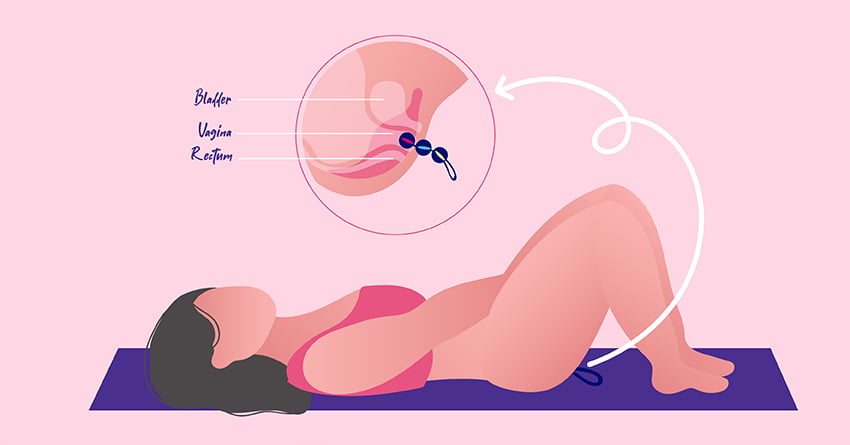
Once you’re used to Kegel exercises, you can amp up the workout by using Kegel balls. These are tiny weights for your vagina. Aside from using it for Kegel exercises, you can also use it as a playful toy during sex or solo play.
Often referred to as Ben wa balls, love balls, pleasure balls, geisha balls, or Burmese balls, these tiny weights are safe and effective for Kegel exercises. It also comes in different sizes, forms, and colors that will surely suit your preferences. Here is how you can incorporate Kegel balls in your pelvic workout:
- Before doing the exercise, make sure that the balls are well-sanitized.
- Lie down in a comfortable spot.
- To insert the balls smoothly into your vagina, you need to be well-lubricated. You can also use a water-based lubricant if the natural lube isn’t enough.
- Once inserted, tighten the spot where the balls are and hold it for around 3-5 seconds.
- Let go and relax your muscles. Count 3-5 seconds then tighten it again. Repeat this for 5- 10 times.
- Once you’re done with the session, you can remove the balls by either standing up or by pulling the string that’s attached to the balls.
- Have 3 sessions per day (morning, afternoon, and night) to make the exercises more effective. Once you become more used to it, go for heavier variants or add more balls.
Best Positions for Kegel Exercises
Once you’ve become used to this basic technique, you can then try other positions. By experimenting on different lying, sitting, or standing positions, you’ll be able to know the positions you’re most comfortable with.
1Lying on Your Back
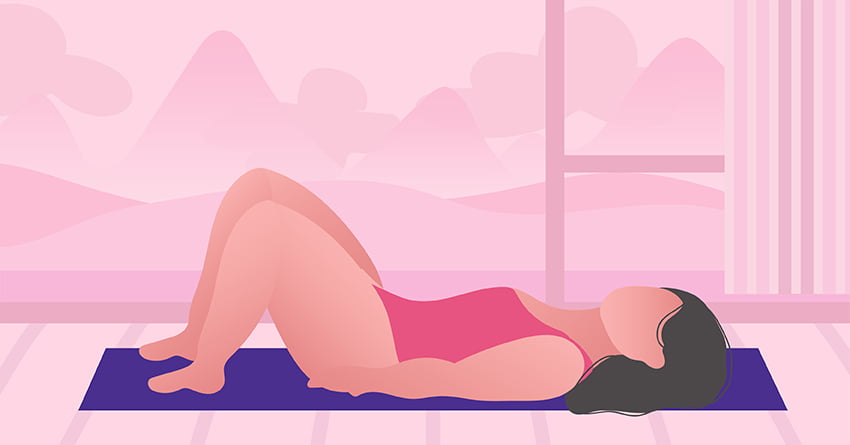
For beginners, this position is the one we suggest you try out first.
How to do it: In your bed or yoga mat on the floor, lie down on your back. Make sure that you’re not lying flat but have an inward curve on your lower back. Have your legs bent and your feet flat, or have it all lie down, depending on your preference (though we suggest the former one). Once positioned, tightening your pelvic floor muscles. Hold tight and count 3-5 seconds. Let go and relax the muscles. Count 3-5 seconds. Repeat this for 5- 10 times and have 3 sessions per day (morning, afternoon, and night).
2Lying on Your Side
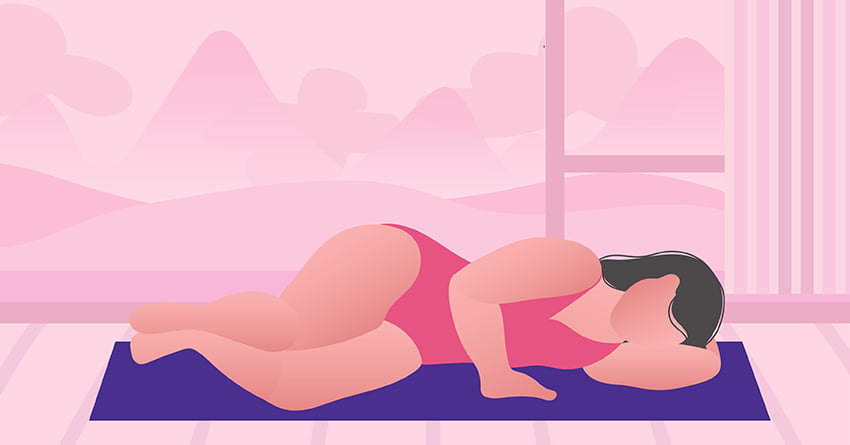
For those who prefer to lie on their sides, this is another beginner-friendly position to try with.
How to do it: In your bed or yoga mat on the floor, lie down on your side. Make sure that you’re not lying flat but have an inward curve on your lower back. Slightly bent your legs for a more comfortable experience. Once positioned, start tightening your pelvic floor muscles. Hold tight and count 3-5 seconds. Let go and relax the muscles. Count 3-5 seconds. Repeat this for 5- 10 times and have 3 sessions per day (morning, afternoon, and night).
3Lying Prone to Your Stomach
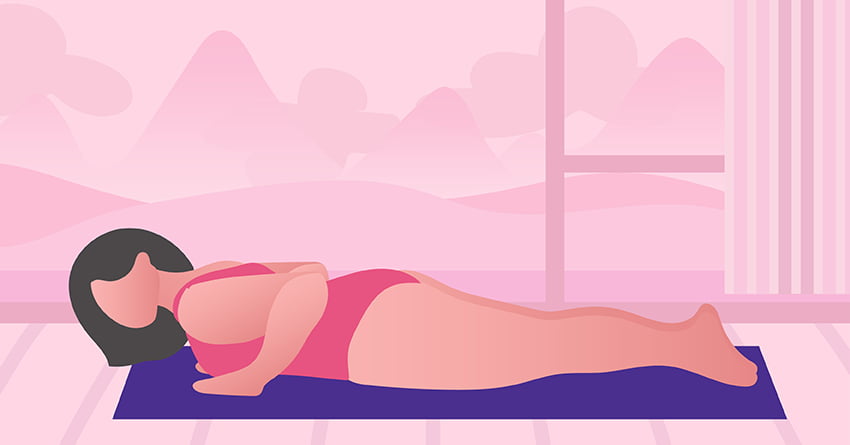
Another beginner-friendly position on this list, this is considered as one of the positions where you can fully feel your pelvic floor muscles working. Though this depends per person, as some people feel it more when they’re on their back or when they’re sitting.
How to do it: In your bed or yoga mat on the floor, lie down on your stomach. Your legs should be close together and your toes should be touching the ground. Once positioned, start tightening your pelvic floor muscles. Hold tight and count 3-5 seconds. Let go and relax the muscles. Count 3-5 seconds. Repeat this for 5- 10 times and have 3 sessions per day (morning, afternoon, and night).
4Sitting Upright

Once you’re used with the exercise, you can then move to more advanced positions such as sitting upright. This also works best for women who are experiencing incontinence or prolapse, as their pelvic muscles need some extra training.
How to do it: In a chair or gym ball, sit with the back of your body away from the backrest of the chair, having an inward curve on the lower back. Your legs should be close together and your feet should be flat on the ground. Once positioned, start tightening your pelvic floor muscles. Hold tight and count 3-5 seconds. Let go and relax the muscles. Count 3-5 seconds. Repeat this for 5- 10 times and have 3 sessions per day (morning, afternoon, and night).
5Standing Upright
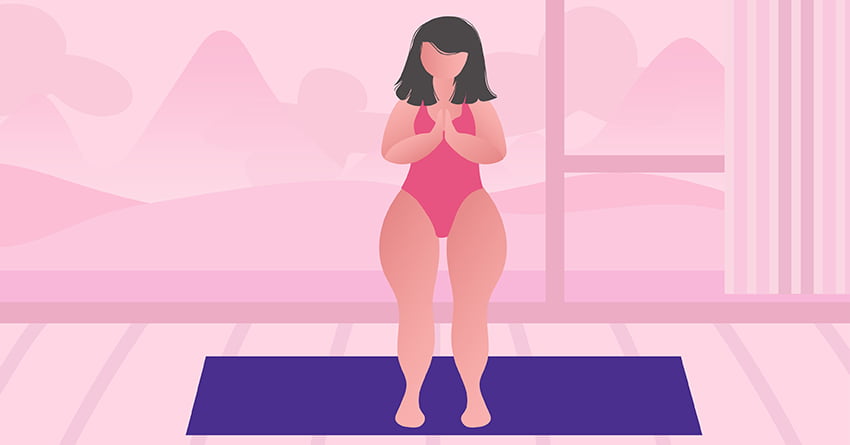
Another advanced position on the list, make sure that you’ve mastered all the other positions before trying this position as this requires extra work for your pelvic muscles, and may even lead to muscle straining if you’re not doing Kegels properly.
How to do it: Stand up in a good posture. Your legs should be close together and your feet should be flat on the ground. Once positioned, start tightening your pelvic floor muscles. Hold tight and count 3-5 seconds. Let go and relax the muscles. Count 3-5 seconds. Repeat this for 5- 10 times and have 3 sessions per day (morning, afternoon, and night).
Kegel Exercises Tips
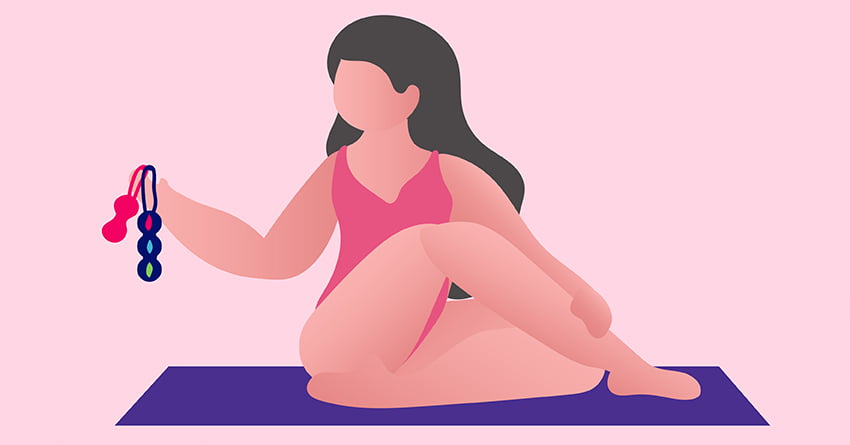
Now that you’ve learned about the proper steps on how to do Kegel exercises, you’re probably excited about doing this. But don’t lie down in there just yet. Before trying Kegels, here are some tips that you should do to have safer and more effective sessions.
- Make sure that you breathe deeply and relax your body while doing this exercise. The other muscles in your body should also be relaxed throughout the session.
- Avoid practicing Kegel exercises at the same time you’re urinating. Doing the exercises while you’re peeing can actually weaken your pelvic muscles and even cause damage to your bladder and kidneys.
- Make sure that you’re not tightening your pelvic muscles with too much force. This may result in painful intercourse.
- If you want to get its benefits such as lessening your bladder leakage, you need to be consistent with the exercises.
- If you feel that you’re not doing Kegels the right way or if you’re experiencing unusual symptoms, contact your healthcare provider as soon as possible.
-
₱4,045.00
-
₱6,550.00
-
₱2,695.00
-
₱10,600.00
Frequently Asked Questions
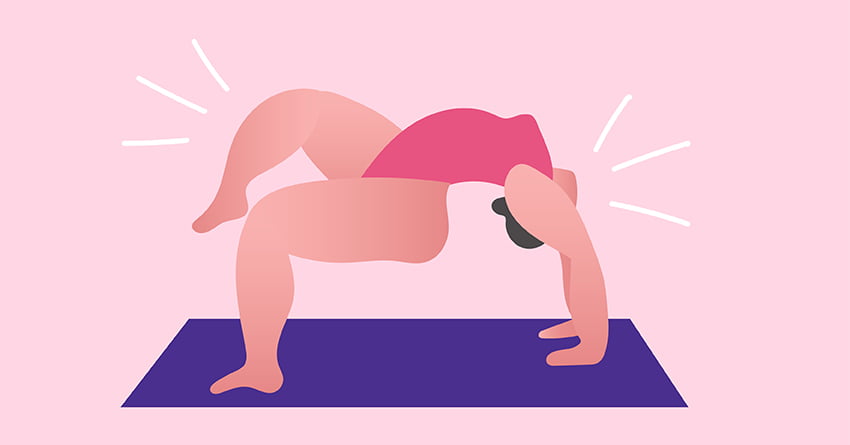
At this point, you’ve learned everything that you need to know about Kegel exercises for women. Though we get that some questions are still lingering in your mind. Don’t worry though– we’re here to answer 5 frequently asked questions about this practice.
1What do Kegels feel like?
The sensations actually vary per woman, but it should feel like that you’re holding your pee. The contraction should also feel like you’re lifting something or it’s moving upward.
If you feel like your muscles are going downward, or that you don’t feel like you’re holding your pee, you’re not doing the proper way. You can either re-read our steps or ask for professional help.
2Can I do Kegel exercises when I’m on my period?
Yes! Though you and your pelvic muscles may not be in the mood to do Kegel exercises, you should still give your pelvic floor a workout. As we’ve mentioned under the tips section, consistency is the key!
3Can I do it while pregnant or should I do it after giving birth?
You can actually do Kegel exercises whether you’re pregnant or just have given birth. Doing it while you’re pregnant helps you prepare for the upcoming delivery while doing Kegels after the delivery helps your body, specifically your pelvic muscles and organs, to heal quickly.
If you’re wondering when you can start having postpartum Kegel exercises, you can start 6 weeks after delivery, but to ensure your safety, it’s best to consult your doctor first.
4Can I have Kegel Exercises while having an IUD?
It’s okay Kegel exercises while being on the intrauterine device (IUD).
However, if you’re going to use Kegel balls, we highly suggest that you discuss it with a health professional first. Though it’s possible for someone with IUD to use Kegel balls, it may increase the likelihood of experiencing discomfort or pain.
5How long before I see results?
According to several studies, you can start seeing differences after 2 weeks of consistent pelvic floor training, but if you really want to strengthen your weak pelvic floor muscles or reduce the pelvic complications that you have, it may take up 5-6 months of consistent training to get this kind of result.
Takeaway
Kegel exercises for women are a safe and easy way to strengthen your pelvic muscles, one of the most crucial areas in your body that are responsible for your pelvic and sexual organs. This isn’t some magical treatment but more of a fitness routine for your vagina.
As long as you have the discipline to be consistent with the workout, is doing the correct technique, and is using the proper tools to level up the exercise, you’ll surely see the promised results in no time.
